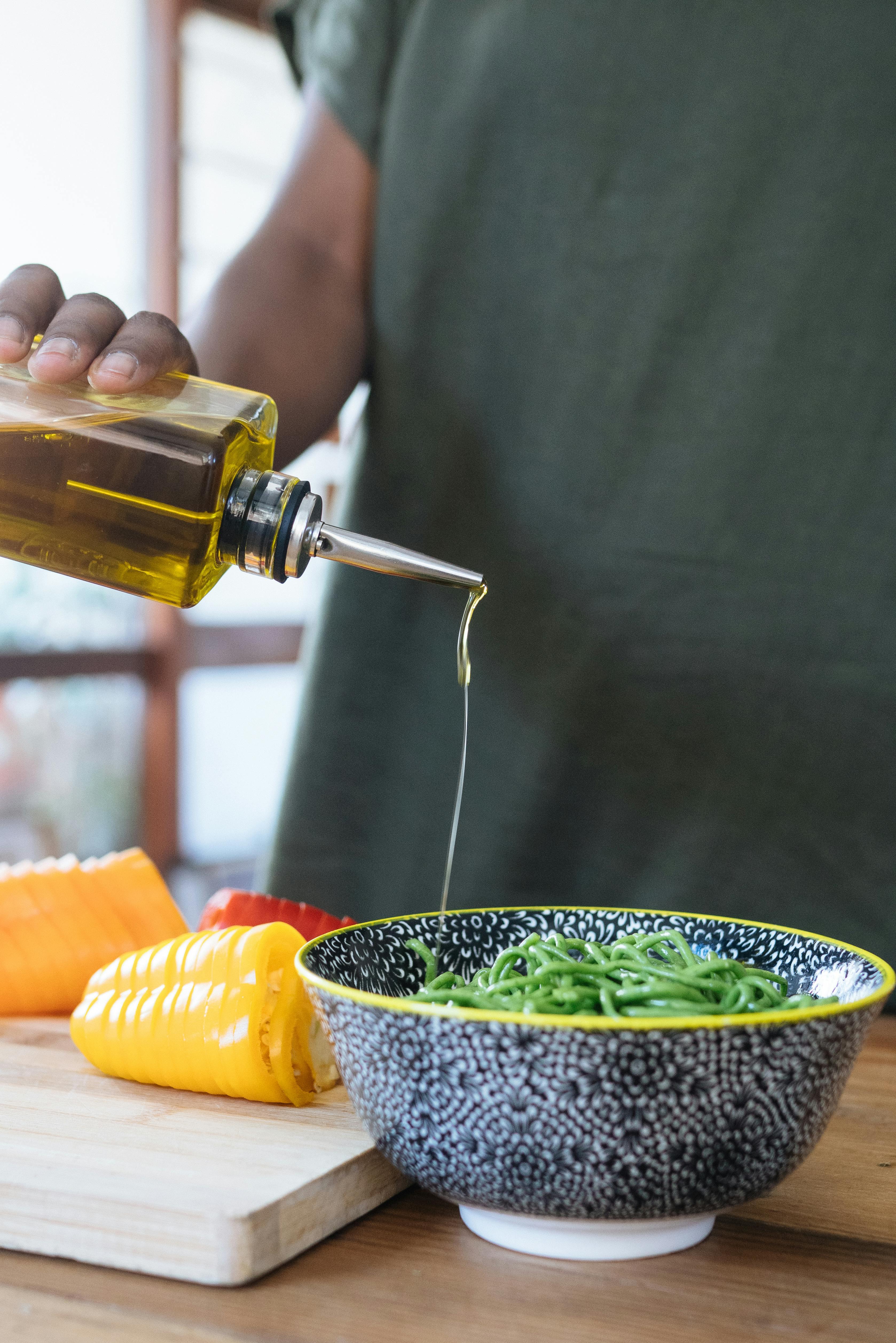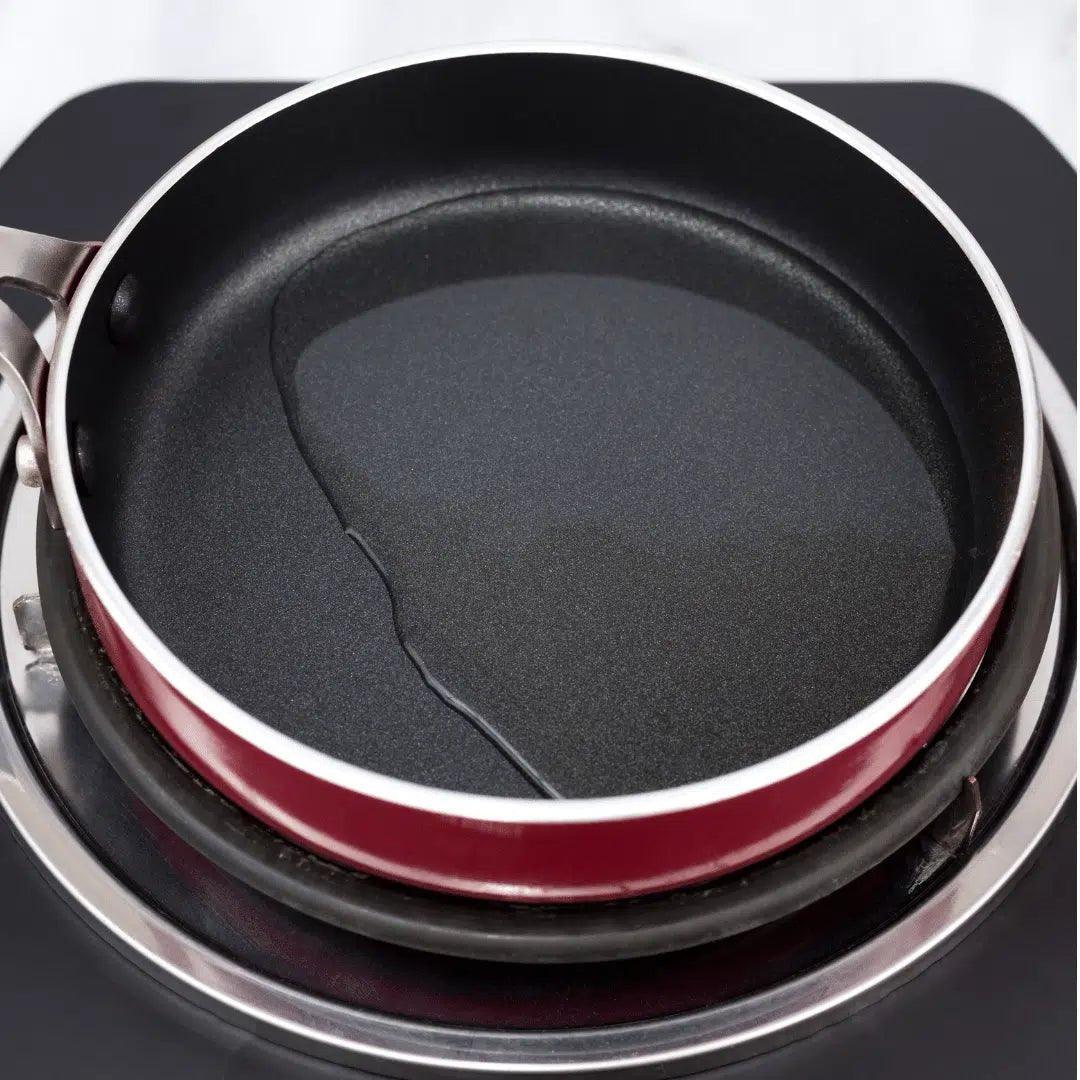There is something beautifully compelling about the world of olive oil. Its rich history, cultural significance, and the sheer variety of flavors it brings to our tables is fascinating. But have you ever wondered how to fully appreciate the depth and complexity of olive oil? Let's dive into the art of olive oil tasting, where we explore this culinary gem in all its splendid diversity.
The World of Olive Oil Tasting
Olive oil tasting is a skill that, much like wine tasting, allows us to discern the subtle nuances that set apart different types of oils. From the robust, peppery flavor of arbequina extra virgin olive oil to the smooth, buttery taste of fyllikon olive oil, every olive oil has a unique flavor profile that tells a story about its origins.
Imagine standing amidst the olive groves of Portugal, tasting their signature drop of life olive oil, or savoring the rich flavors of arbequina olive oil from the heart of Spain. The ability to appreciate these distinctive tastes can turn every meal into a unique journey of culinary discovery.
How to Taste Olive Oil Like a Pro
Embarking on your olive oil tasting journey is easier than you might think. Here is a step-by-step guide to help you explore the diverse world of olive oil flavors:
- Pour and Swirl: Begin by pouring a small amount of olive oil into a glass. Hold the glass in the palm of your hand to warm the oil slightly, then swirl it gently to release the aroma.
- Smell: Bring the glass close to your nose and inhale deeply. The smell should give you an initial sense of the oil's quality and character.
- Taste: Take a small sip of the oil and let it coat your tongue. Try to identify the primary flavor notes – whether it's fruity, bitter, or spicy. Remember, there's no right or wrong answer here. The aim is to explore and enjoy the experience.
- Swallow: As you swallow the oil, pay attention to the aftertaste. A pleasant, slightly peppery sensation is a good sign of high-quality extra virgin olive oil.
- Evaluate: Reflect on the overall flavor, aroma, and texture of the oil. Was it smooth or heavy? Light or rich? The more you taste, the better you'll get at identifying different characteristics.
The Rich Palette of Olive Oils
The world of olive oils is as diverse as it is fascinating. Let's explore some of the oils you might encounter on your tasting journey:
- Arbequina Extra Virgin Olive Oil: Known for its slightly fruity and nutty flavor, this oil is perfect for adding a subtle richness to your dishes.
- Atlas Extra Virgin Olive Oil: This oil is revered for its smooth taste and buttery texture, making it an excellent choice for bread dipping or salad dressings.
- Chipotle Olive Oil: A favorite among spice lovers, this oil brings a smoky, spicy flavor that can add a kick to any dish.
- Cretan Harvest Olive Oil: Celebrated for its bold, fruity flavor and a hint of fresh grass, this oil captures the essence of the Mediterranean.
Remember, the key to olive oil tasting is to enjoy the process. Each tasting is an opportunity to learn and explore, so take your time and savor the experience.
Olive oil tasting can turn a simple culinary ingredient into a journey of flavors and aromas. So, grab your favorite bread, pour yourself some olive oil, and let the tasting adventure begin.
To learn more about the rich history and benefits of olive oil, check out these additional resources:
- Health Benefits of Olive Oil
- The Mediterranean Diet Guide
External Links:
- Harvard T.H. Chan School of Public Health: The Nutrition Source
- Healthline: 11 Proven Benefits of Olive Oil
These links provide valuable information and insights that can enhance your understanding and appreciation of olive oil's historical and contemporary significance.












